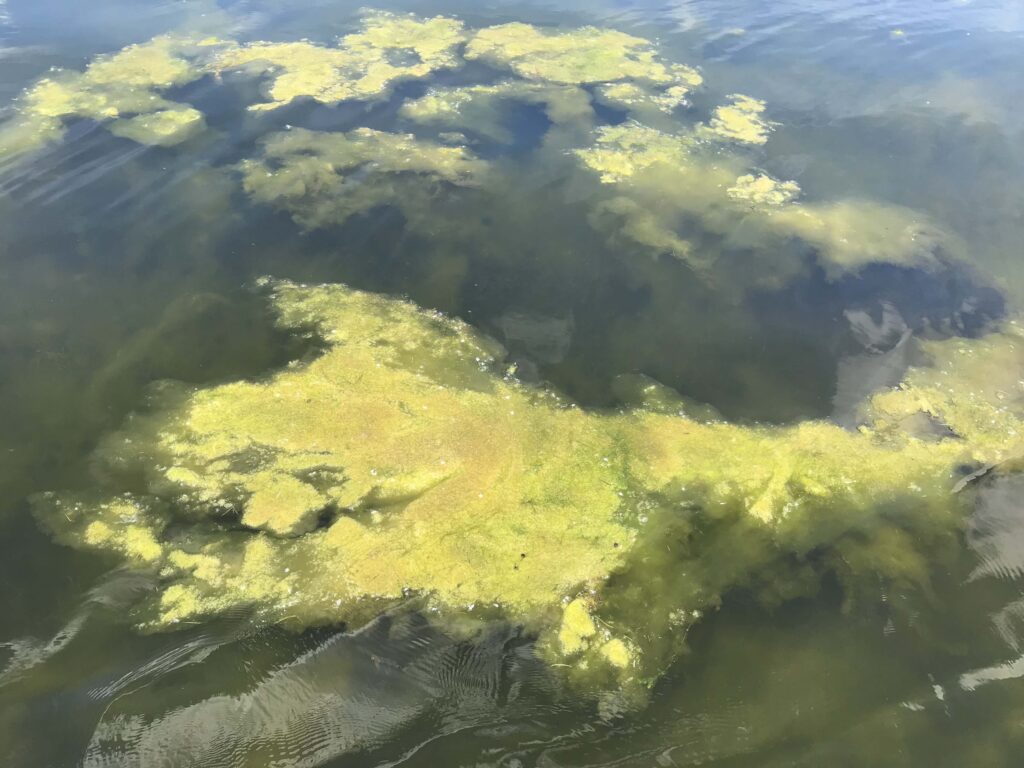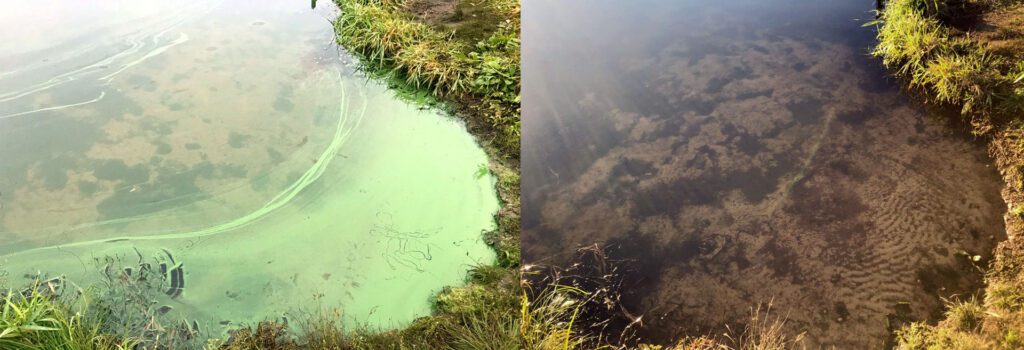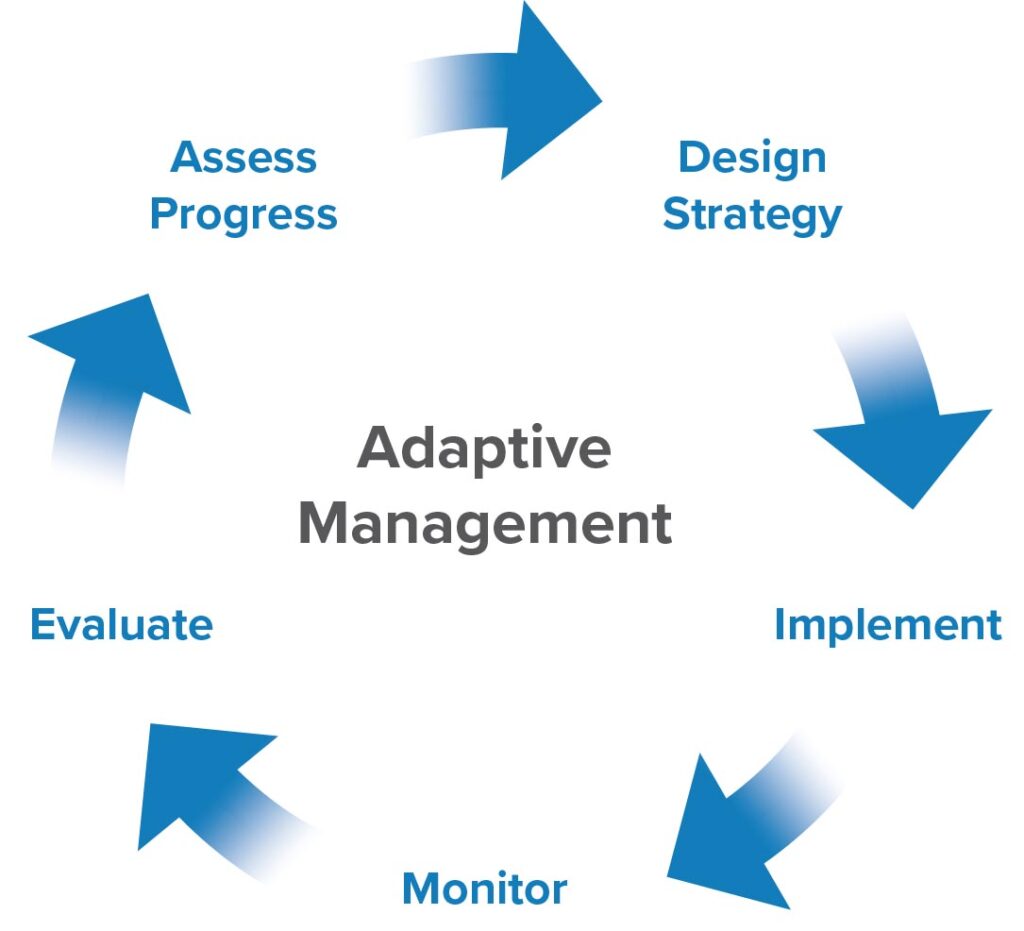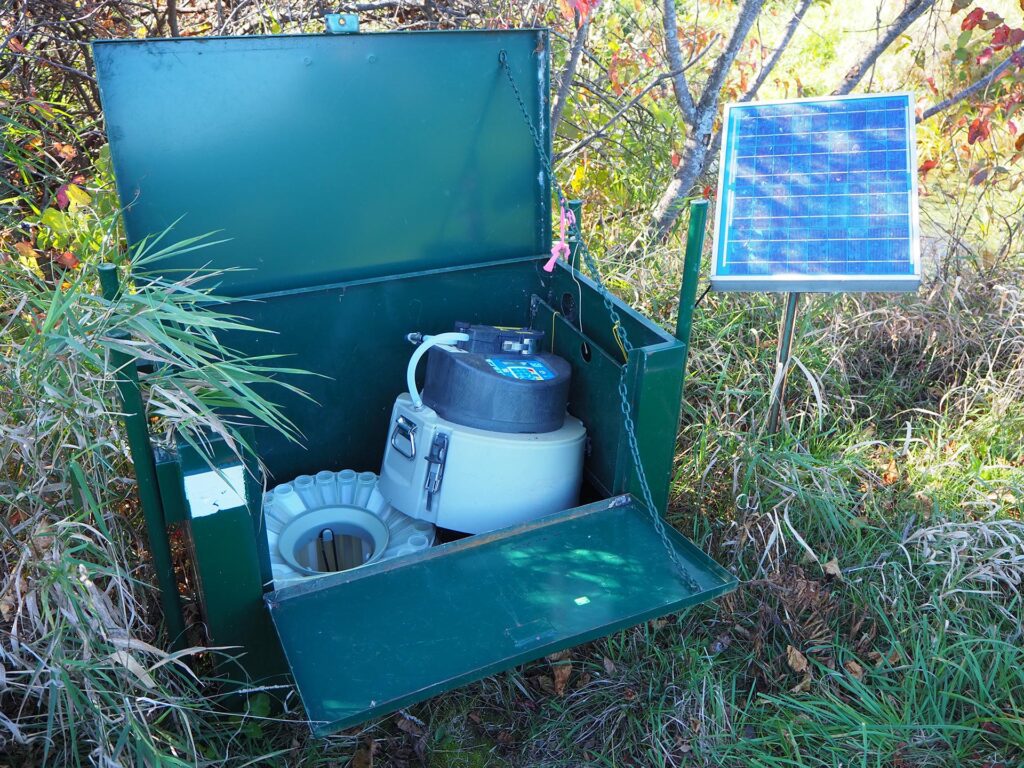Excess nutrients and algae blooms are major threats to the health of our lakes and streams. With the District’s adaptive management strategy, all seven of the impaired waterbodies within our borders have seen improvement in water quality.
How do nutrients affect water quality?
Lake water quality is generally measured by three factors: nutrients, algae and water clarity. The Comfort Lake-Forest Lake Watershed District has seven lakes listed as impaired for excess nutrients by the Minnesota Pollution Control Agency. Luckily, all seven lakes have shown improving water quality in recent years. The District’s commitment to science-based diagnostic monitoring is a driving factor behind these improvements.
Phosphorous and nitrogen are the main nutrients that promote algae growth in lakes and streams. They occur naturally in the environment and come from a variety of sources such as plants and soil. However, these nutrients become problematic when they exceed the natural threshold. Modern development has caused an influx of excess nutrients, especially phosphorus, to waterbodies through stormwater runoff. Because most urban development occurred with little to no stormwater mitigation efforts, water quality was in decline from the mid-1800s to the early-2000s. Excess phosphorous is the primary nutrient driving increased algae growth across Minnesota lakes.
One pound of phosphorous can promote up to 500 pounds of algae growth! Increased algae growth decreases water clarity and reduces the ability of a lake or stream to support recreation and aquatic life. Noxious algae blooms reduce swimmability and can sometimes produce toxins that are harmful to animals. Severe and frequent algae blooms also reduce aquatic plant growth and dissolved oxygen levels, which harm fish and aquatic invertebrates. You can learn more about the District’s goals relating to nutrients and algae in the 2022-2031 Watershed Management Plan.








